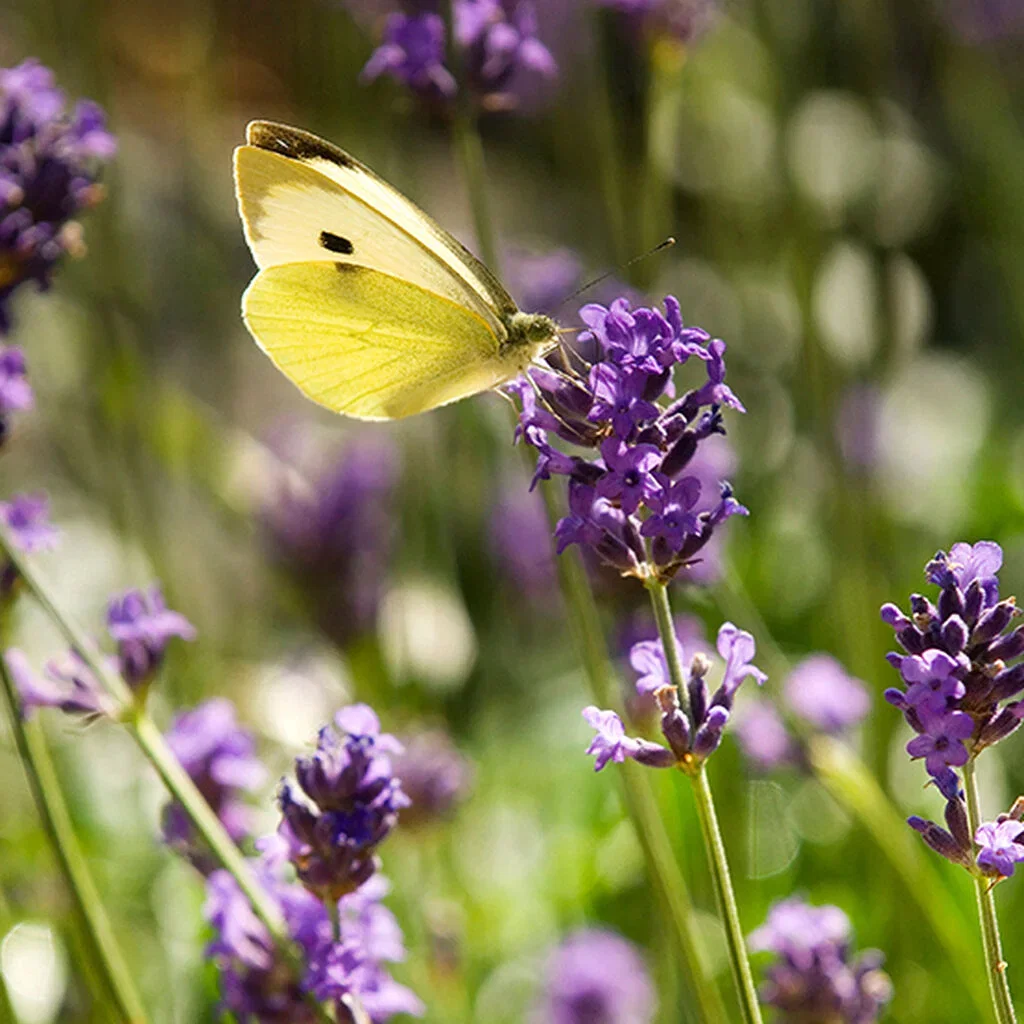Attract beneficial insects to your garden
Garden
Spring
Birdsong, butterflies and buzzing bumblebees are something that belongs to spring and summer. The small animals become more and more independent, but we can make our gardens and balconies into green interconnected paths between city and countryside to improve their chances of survival. Attract these beneficial insects by planting animal-friendly flowers, trees, and shrubs.

Topics:
Garden
Spring












